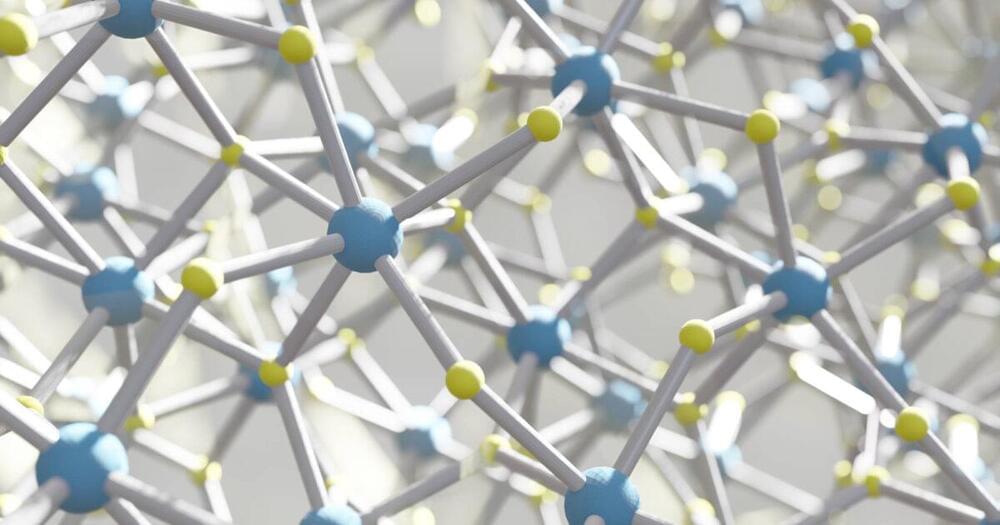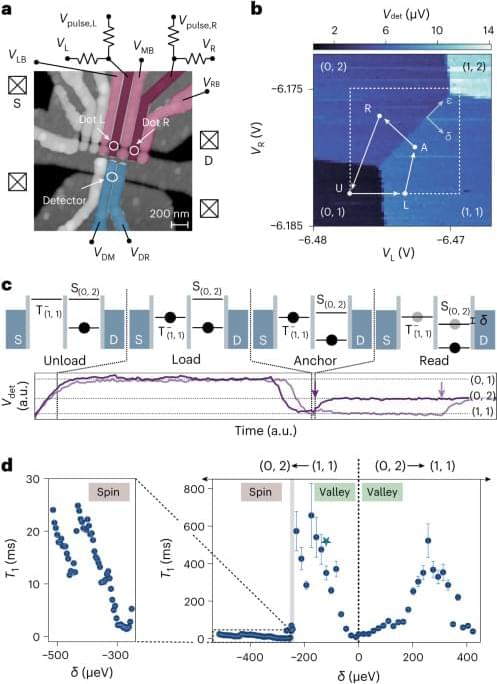
In physics, scientists have been fascinated by the mysterious behavior of superconductors—materials that can conduct electricity with zero resistance when cooled to extremely low temperatures. Within these superconducting systems, electrons team up in “Cooper pairs” because they’re attracted to each other due to vibrations in the material called phonons.
As a thermodynamic phase of matter, superconductors typically exist in an equilibrium state. But recently, researchers at JILA became interested in kicking these materials into excited states and exploring the ensuing dynamics. As reported in a new Nature paper, the theory and experiment teams of JILA and NIST Fellows Ana Maria Rey and James K. Thompson, in collaboration with Prof. Robert Lewis-Swan at the University of Oklahoma, simulated superconductivity under such excited conditions using an atom-cavity system.
Instead of dealing with actual superconducting materials, the scientists harnessed the behavior of strontium atoms, laser-cooled to 10 millionths of a degree above absolute zero and levitated within an optical cavity built out of mirrors.

















